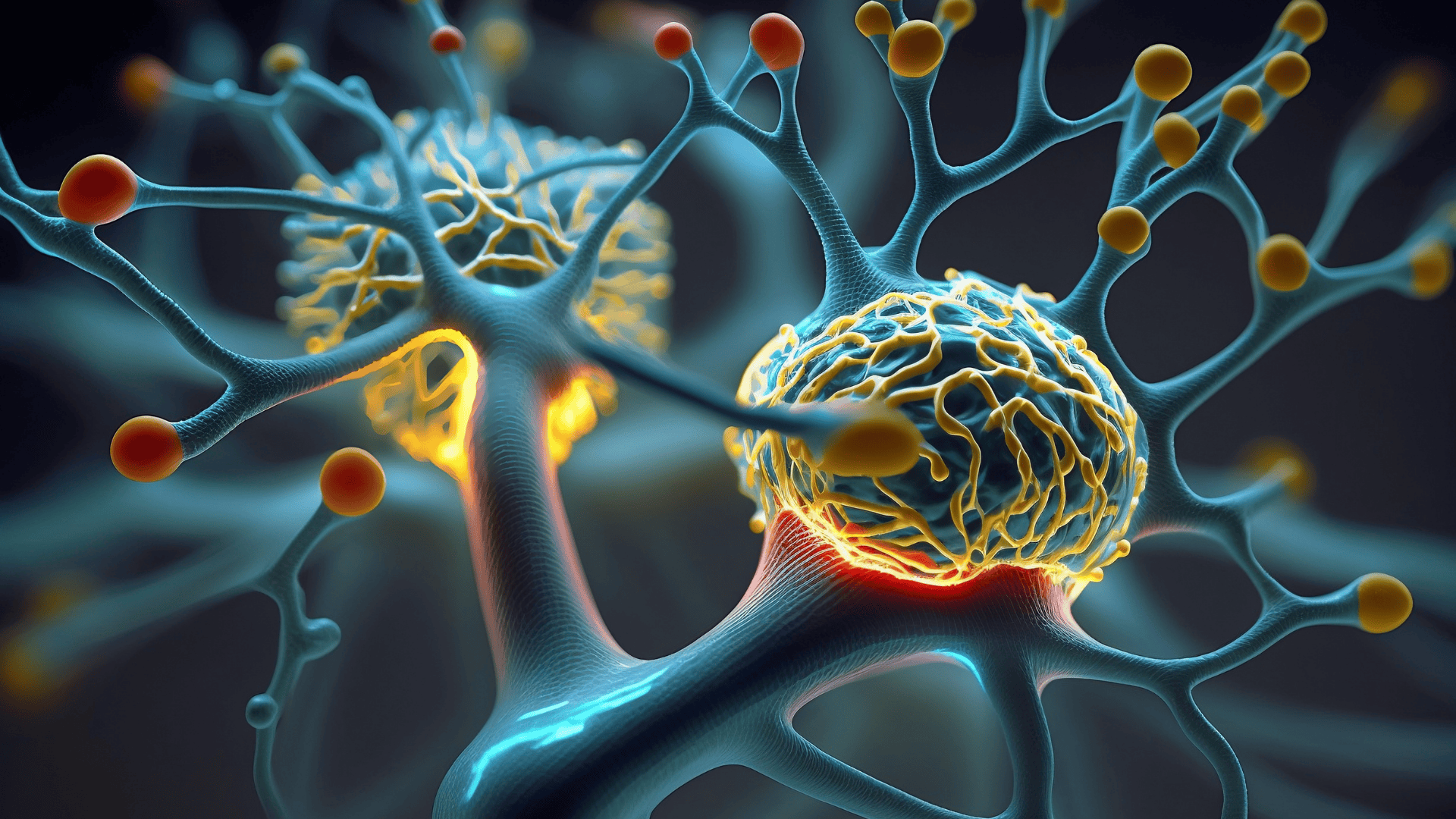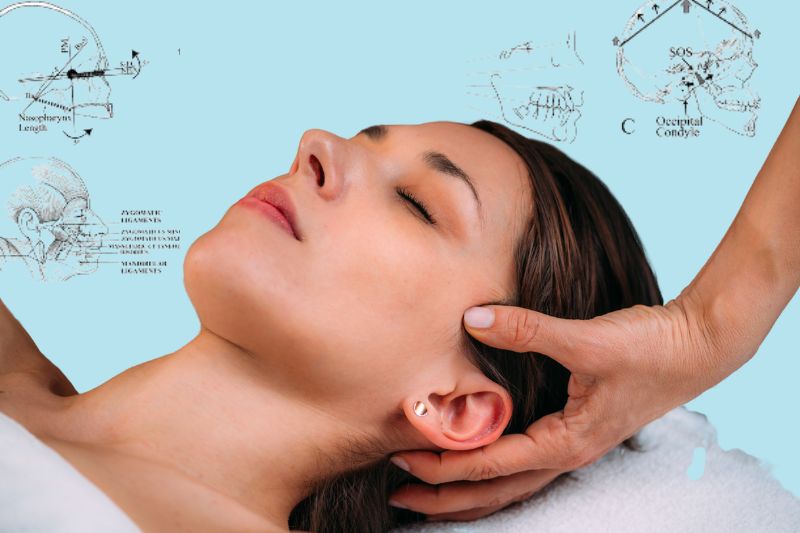Category
Chiropractic Care
Insights on spinal health, adjustments, and how chiropractic supports overall wellness. This category will cover back pain, neck pain, rib dysfunction, subluxation, adjustments, etc.
Thank you! Your submission has been received!
Oops! Something went wrong while submitting the form.

Headaches and migraines can be exhausting, affecting everything from productivity to sleep. Often, the true causes—such as spinal misalignment, jaw tension, or nerve irritation—go overlooked. By addressing the cervical spine, muscle patterns, TMJ dysfunction, and nervous system balance, chiropractic care helps relieve pressure and restore function. The result is not just symptom relief but long-term resilience, better posture, and improved energy.

Pain, stiffness, and chronic tension often have roots in the nervous system—not just the muscles or joints. Neurological assessments identify how the brain communicates with the body, uncovering imbalances that fuel weakness, poor movement, and recurring pain. By mapping muscle activity, testing cranial nerves, and evaluating proprioception, providers can reset these pathways for lasting results. This integrative approach empowers patients to move with more confidence, balance, and resilience.

Neurological conditions often involve more than the brain—they reflect disruptions across the entire nervous system. Misalignments in the spine, muscle tension, and faulty feedback loops can distort how the brain and body communicate, leading to pain, imbalance, and fatigue. Chiropractic care restores alignment, eases pressure, and supports neurological pathways for improved clarity, coordination, and recovery. By integrating gentle adjustments, fascia release, and functional movement training, this approach helps the nervous system work at its best.

Muscle adhesions are restrictive bands of scar-like tissue that develop from injury, overuse, or poor posture, binding layers that should glide freely and causing pain, stiffness, and compensatory movement patterns. Chiropractic approaches target both the fascia and joints: soft-tissue methods like Active Release Technique, IASTM, myofascial release, and trigger‑point therapy break up adhesions, while adjustments restore proper alignment. A fascia‑mapping assessment pinpoints root tensions, guiding a customized treatment plan. Together, these techniques unlock lasting mobility, reduce pain, and enhance overall function.

Stress doesn’t just affect your thoughts—it shows up physically in the jaw, neck, and skull. Cranial adjustments work by easing pressure on cranial bones, nerves, and the brainstem, helping restore calm at the neurological level. This gentle, hands-on method supports vagus nerve function, relieves jaw clenching and headaches, and shifts the body out of fight-or-flight mode. The result is lasting stress relief, better sleep, and improved emotional balance.

Dizziness and vertigo often signal deeper imbalances in how the brain and body communicate. Misalignments in the cervical spine, muscle tension, or nerve irritation can distort signals that regulate balance and orientation. Chiropractic care restores alignment, improves nerve flow, and retrains movement patterns, helping reduce disorientation and restore confidence. This approach addresses root causes rather than masking symptoms, offering patients lasting clarity and stability.
We Treat the
Toughest Cases
We'd love to talk with you about yours. Ask us anything and we will get back to you with a detailed answer about your case.

